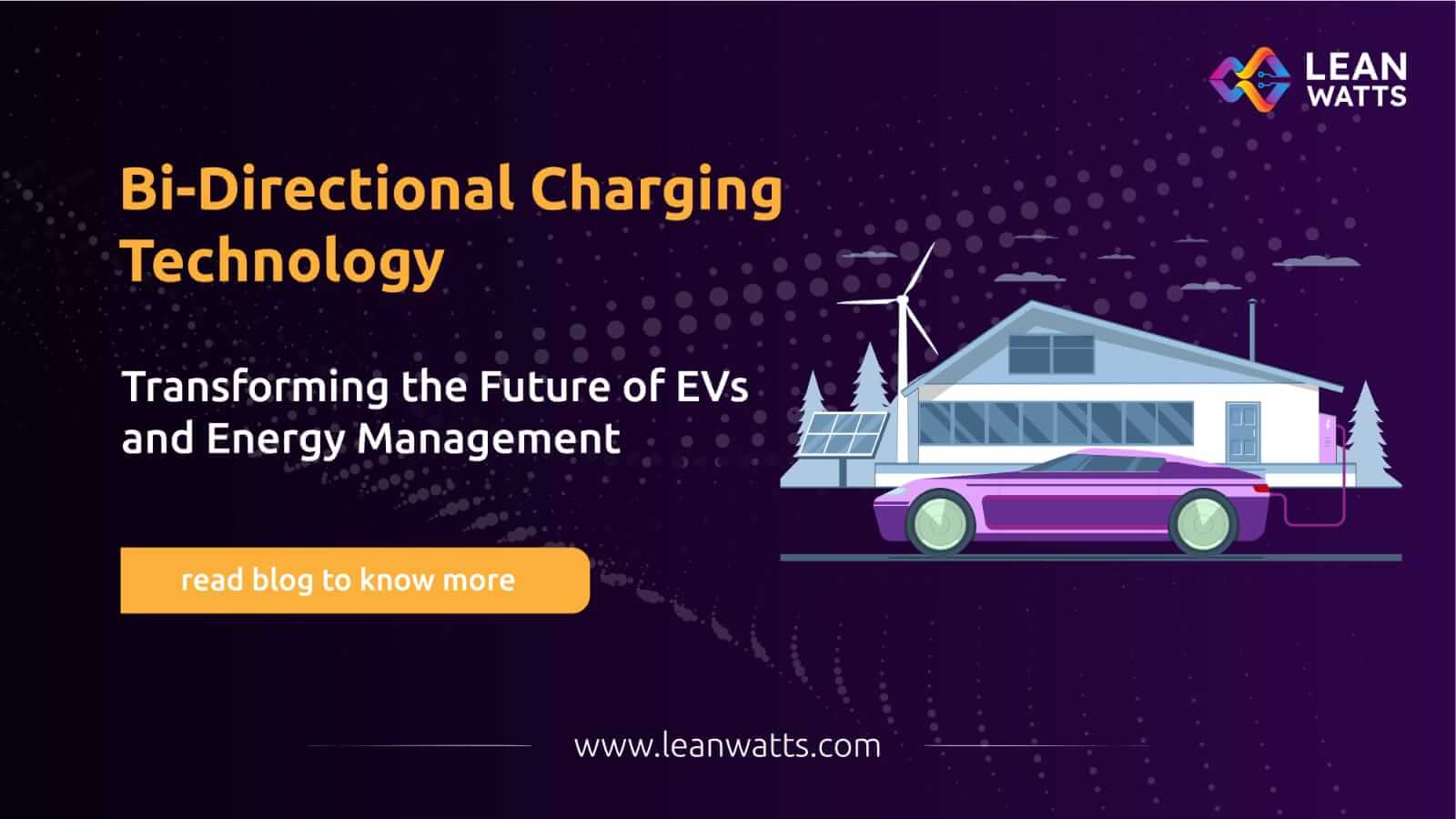
Electric vehicles (EVs) have already disrupted the automotive industry, and their impact on the energy sector is just beginning. One groundbreaking innovation poised to transform energy management is bi-directional charging technology. This advancement allows EVs to not only consume electricity but also send power back to homes, grids, or other devices. In this blog, we’ll explore what bi-directional charging is, how it works, and its profound implications for the future of mobility and energy sustainability.
What is Bi-Directional Charging?
Bi-directional charging refers to an EV’s ability to charge its battery from the grid and discharge stored energy back into the grid, home, or other devices. This two-way energy flow is enabled by specialized bi-directional chargers and advanced vehicle-to-everything (V2X) technologies, including:
- Vehicle-to-Grid (V2G): Enables EVs to send power back to the energy grid, helping balance energy demand and supply.
- Vehicle-to-Home (V2H): Allows EVs to act as backup power sources for homes during outages or high-demand periods.
- Vehicle-to-Load (V2L): Lets EVs power external devices, such as appliances or tools.
This innovation positions EVs as mobile energy hubs rather than just vehicles.
How Does Bi-Directional Charging Work?
Bi-directional charging relies on three key components:
- Bi-Directional Chargers: These devices convert AC (alternating current) to DC (direct current) during charging and reverse the process when discharging power.
- Smart Inverters: Inverters facilitate the two-way energy transfer by synchronizing with the grid or connected systems.
- Software Systems: Advanced software controls the flow of energy, ensuring efficiency and compatibility with grid requirements or household systems.
When connected to a bi-directional charger, an EV can receive instructions from a centralized system or app to determine when to charge, when to discharge, and how much energy to provide or retain.
Key Benefits of Bi-Directional Charging
Bi-directional charging offers benefits that extend beyond mobility:
1. Grid Stability and Energy Management
- EVs equipped with V2G technology can act as distributed energy storage units.
- During peak demand, EVs can feed power back to the grid, preventing blackouts and reducing strain on power plants.
- Integration with renewable energy sources, such as solar and wind, becomes more feasible, as EVs can store excess energy and supply it when needed.
2. Cost Savings for Consumers
- Homeowners can use stored EV energy during high electricity rate periods, saving on energy bills.
- Participating in V2G programs may provide financial incentives from utility companies.
3. Emergency Power Backup
- EVs with V2H capabilities can serve as backup generators during power outages, ensuring uninterrupted power for essential appliances.
4. Promoting Renewable Energy
- By leveraging EV batteries as energy storage, bi-directional charging supports the integration of intermittent renewable energy sources, such as solar and wind, into the grid.
5. Reducing Carbon Footprint
- Efficient energy use and integration with renewable sources reduce dependence on fossil fuels, further decreasing emissions.
Challenges and Limitations
While the potential of bi-directional charging is immense, several challenges remain:
- Infrastructure Compatibility:
- Bi-directional chargers are not yet widely available, and retrofitting existing systems can be expensive.
- Battery Degradation:
- Frequent charge-discharge cycles may accelerate battery wear, though advancements in battery technology are addressing this concern.
- Regulatory and Market Hurdles:
- Policies and market structures need to evolve to incentivize V2G adoption and standardize bi-directional charging infrastructure.
- High Initial Costs:
- Bi-directional chargers and compatible EVs tend to be more expensive, though costs are expected to decrease as adoption grows.
Real-World Applications and Success Stories
- Japan and Disaster Resilience: Following natural disasters, EVs equipped with V2H technology have provided power to homes and emergency shelters.
- California’s Grid: Utility companies in California have launched V2G pilot projects to stabilize the state’s grid, especially during high-demand seasons.
- Commercial Fleets: Companies are using V2G-enabled EV fleets to offset energy costs by feeding power back into the grid during downtime.
Leanwatts: Driving the Bi-Directional Revolution
At Leanwatts, we recognize the transformative potential of bi-directional charging technology. We are currently in the advanced stages of developing a V2H (Vehicle-to-Home) charger with a 3.3kW output power capacity, designed to seamlessly integrate your EV into home energy systems.
Conclusion
Bi-directional charging is more than just a technological advancement; it’s a paradigm shift in how we think about energy and mobility. By turning EVs into energy assets, this technology offers solutions to some of the most pressing energy challenges of our time. From enhancing grid stability to enabling sustainable energy practices, bi-directional charging is set to play a pivotal role in the EV and energy landscape.
As we move toward a more connected and sustainable future, innovations like bi-directional charging remind us that the possibilities are endless. At Leanwatts, we’re proud to be at the forefront of this revolution, shaping a world where EVs power not just our journeys but also our homes, grids, and lives. Stay tuned for the next wave of energy innovations!
For more insights into Leanwatts’ cutting-edge charging solutions, visit Leanwatts.com.
